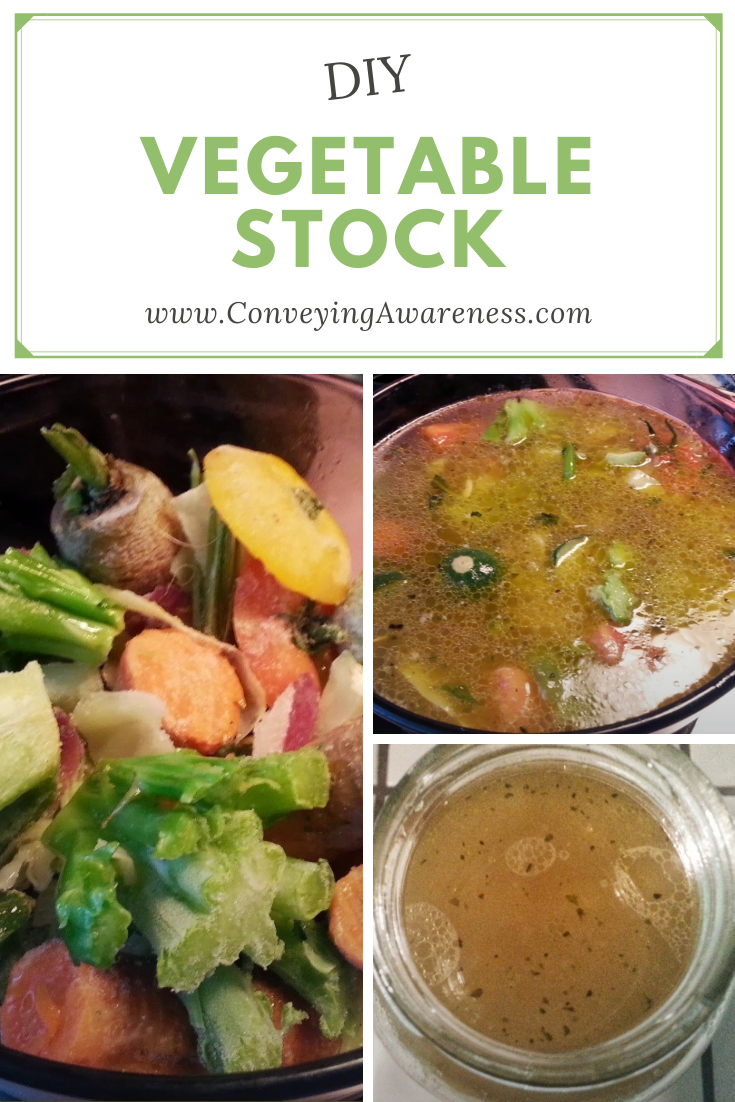DIY Vegetable Stock
- Jessica David

- Oct 22, 2021
- 3 min read
Updated: Sep 12, 2025

Do you eat a wide variety of vegetables and often think about what to do with the scraps? As you walk to the trash can, you stop and remember that you can make your own stock. You have told yourself countless times before that you don't want to waste what looks like perfectly good food.
Another way to reuse vegetable scraps is to throw them in a compost bin or pile and depending on what scraps you have left, you could make a soup. With this recipe, while you will still have some scraps left, the flavor will be in your stock but you could throw the mushy vegetables in a compost pile/bin too.
For me, my garden uses no soil; it's aeroponic so I don't use a compost pile/bin. I don't have any luck growing in the ground here in the desert but I know it can happen! I have seen the success with two different community gardens in my city. It's just me, I think - no luck or skill, I don't know. Even so, scraps from what you grow yourself or buy at the store or the farmers' market could be repurposed for homemade vegetable stock. If you're budget conscientious, this is a recipe to save.
Per Vegetarian Times (1): "Stock and broth are not interchangeable. Stock is intended to be the foundation of a dish. For this reason, it's unsalted, and its flavor is intended to be subtle. Broth is a completed, seasoned dish; its flavor is much more pronounced."
In summary, they share that there are four ways to make sure you're getting the best store bought stock: Keep it simple - choose the basic vegetables - carrots, onions, celery and a few herbs; Keep it pure - use organic vegetables and read the label and avoid unnecessary ingredients; Know the difference between stock and broth; and Taste it first then adjust for recipes.
As you can see from my photo collage that I am using more than the basic vegetables. When you make your own stock, use the vegetables you enjoy and go from there. Whenever I am making a meal, I throw the scraps into a freezer bag then I know it's time to make stock when the bag is full because if I don't, the bags will overcrowd my freezer real estate! :)
Let's Make Vegetable Stock
When starting a stock, heat organic EVOO (or an oil of your liking) in a pot on medium heat then pour in the frozen vegetable scraps. Stir and coat veggies as they thaw and cook. This step takes about 45 minutes if the vegetables are frozen. If using fresh vegetables, 15 minutes.
When vegetables are aromatic, top the pot with filtered water. This simmers for one hour. Add dried herbs like oregano, thyme, a bay leaf, etc. For a salt-free flavor, add garlic (2). It's your homemade stock - go to town!
Let cool completely before straining the liquid from the vegetables. You can use cheesecloth (3) over a colander. Epicurious gives us more reasons to love cheesecloth. It's not just for cheese making! From securing herbs, to flavor infusion, and making Greek yogurt - it's a multi-use tool in everyone's kitchen. If you don't have any cheesecloth but have a clean white T-shirt, this works brilliantly too!
Store in a jar in the fridge up to one week or in the freezer up to 3 months. When you're ready to cook with it, and it's been stored in the freezer, let it thaw in the fridge or on the countertop in a shallow dish or in a bowl. Avoid extreme temperature changes to avoid cracking, if using a glass container.

Is This a Stock or Is It Really a Broth?
Some would say this recipe is not a stock but a broth because of the other vegetables I use. I use the finished product as the base in soups and chilis to give added flavor in lieu of just adding water. Others simply say that when it comes to vegetables, broth or stock, can describe the end product.
Whatever term you like, share with us your most flavorful recipe using a homemade broth/stock.
Sources:
Vegetarian Times. 4 Essentials Things to Know When Buying Vegetable Stock. 2015.
Medline Plus. Cooking Without Salt. DASH Diet. 2020.
Epicurious. In Praise of Cheesecloth Article. 2018.
Choose, eat, and live well! =)
Disclaimer: Information shared is for educational and entertainment purposes. Consult your practitioner for guidance regarding your personal health profile.
© Conveying Awareness with Jessica David




Comments